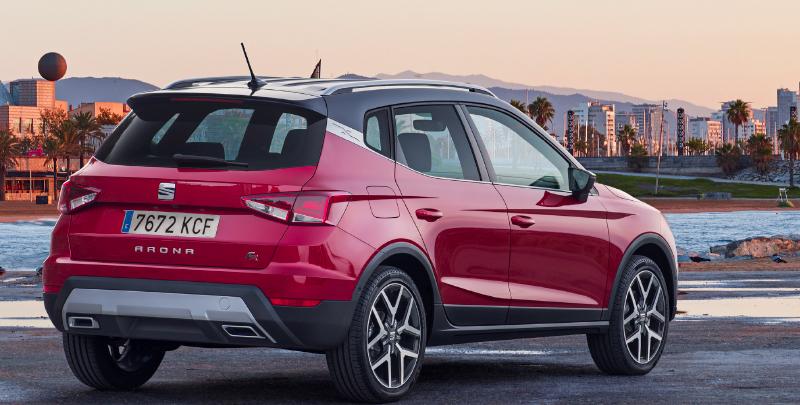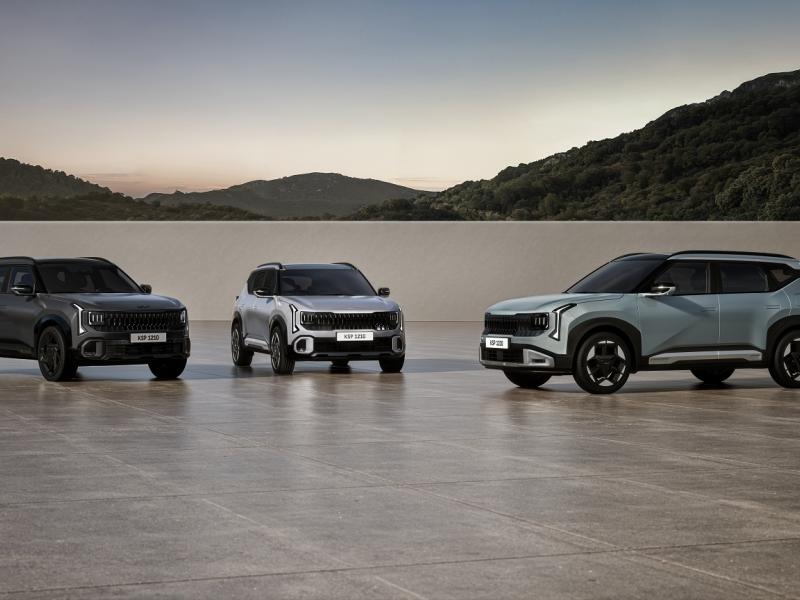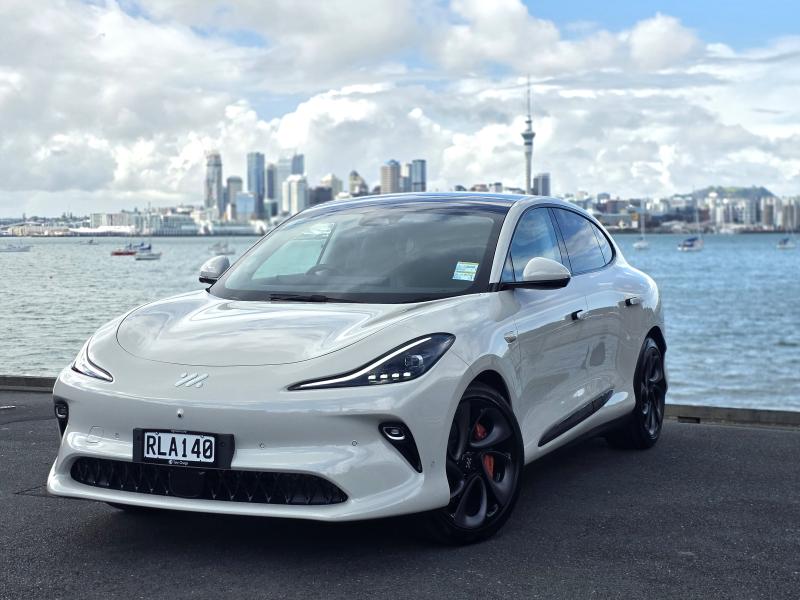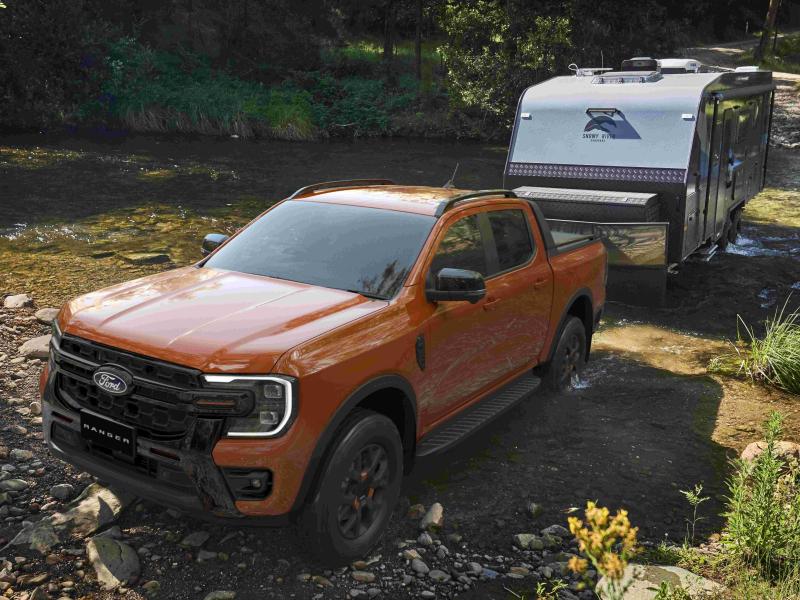NZ Company Vehicle has already road tested two cars which have the distinction of being made in Barcelona; namely the Seat Ibiza (pronounced Ibeetha) hatchback and the Seat Ateca medium SUV.
Given the Seat brand was only launched six months ago – the speed with which these two vehicles and their stablemate hatchbacks – the Leon and Leon Cupra – have come to market, is an impressive demonstration of distributor enthusiasm and an acceptance of the Seat brand on the part of the New Zealand consumer.
In July, Seat added another model to its range in the form of the Arona, which fits in the hotly contested compact SUV market segment, which has – in the space of seven years – gone from just over 1000 units in 2010 to 11,669 units in 2017.
Furthermore, the segment has shown significant growth – 11 percent – from 2017 to 2018, in a market which has seen a drop overall for the same period.
Seat is therefore setting its sights on the Suzuki Vitara, Mazda CX-3, SsangYong Tivoli, Nissan’s Juke, Renault’s Captur, Kia’s Soul, Honda’s HRV and Hyundai’s Kona.
Tough competition, but the man in the Spanish brand’s hot Seat, James Yates, is quietly confident that there is not only room at the table for another player, but also that the Arona is that player.
Tucking itself in at the smaller end of the vehicles in its class, the Arona appeals for its individuality, vibrancy and perhaps more critically, its price.
Landing here in two specification grades – Style and FR – the Arona drops into the sub $30k category in the first instance, with the FR commanding a $4000 premium, taking it to $33,900. In 2019, we can expect to see a slightly funkier Arona Beats model, which adds a little more individuality to a car with an already liberal dose of Spanish flair.
With a five-star EuroNCAP safety rating and a family connection with the Volkswagen group, the Seat Arona boasts a respectable array of contemporary driver safety and assist features, including front assist city emergency braking, electronic stability control, hill hold control, rear camera, park assist and tyre pressure monitoring in both grades. FR models receive blind spot monitoring as standard, along with adaptive cruise control.
Powering Arona is a single engine, drivetrain and transmission combination across the range. The engine is a three-cylinder turbo petrol, 999cc engine with 85kW between 5000 and 5500rpm and a healthy 200Nm of torque from 2000 to 3500rpm. All Aronas are front-wheel drive and all sport a seven-speed DSG transmission.
This all combines to give a town/highway fuel consumption figure of five litres per 100km with a CO2 output of 113gm per km, conforming to Euro VI standards.
The compact SUV market’s key considerations are clever use of space in a small package and the ability on the part of the automakers to produce cars with character.
The Arona subscribes to both characteristics, being a practical, well thought out breath of fresh air in a very competitive market segment.
Oh, and the accepted and easy pronunciation for the brand is ‘Say It,’ but you can Seat however you want when you order one.






